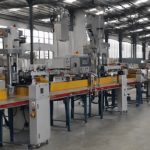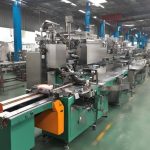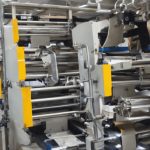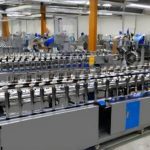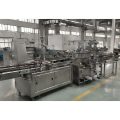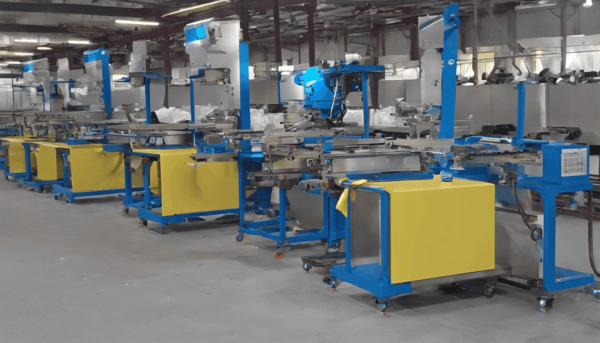
Understanding the Role of a Case Sealer
In the world of packaging, efficiency and precision are paramount. One of the essential tools that ensure these qualities is the case sealer. But what exactly does a case sealer do? This article delves into the intricacies of case sealers, their importance in the packaging industry, and how they complement machines like the 100 gm pouch packing machine.
The Basics of a Case Sealer
Definition and Functionality
A case sealer is a machine designed to close and seal boxes or cases after they have been filled with products. This process is crucial in ensuring that the contents of the box are securely packaged and ready for shipping or storage. The primary function of a case sealer is to apply adhesive tape or glue to the flaps of the box, sealing it shut.
Types of Case Sealers
There are various types of case sealers available, each catering to different packaging needs. Some common types include:
- Uniform Case Sealers: These machines are ideal for sealing boxes of the same size. They are often used in production lines where consistency is key.
- Random Case Sealers: These are versatile machines capable of adjusting to different box sizes, making them suitable for packaging lines with varying box dimensions.
- Automatic Case Sealers: These high-speed machines can seal boxes without human intervention, enhancing efficiency and reducing labor costs.
- Semi-Automatic Case Sealers: These machines require some manual assistance but still offer significant time savings compared to manual sealing.
The Importance of Case Sealers in Packaging
Ensuring Product Safety
One of the primary reasons for using a case sealer is to ensure the safety of the products inside the box. A securely sealed box protects the contents from external factors such as dust, moisture, and tampering. This is especially important for products that require a high level of protection, such as food items or pharmaceuticals.
Enhancing Efficiency
Case sealers play a crucial role in enhancing the efficiency of packaging lines. By automating the sealing process, these machines significantly reduce the time and effort required to prepare boxes for shipping. This is particularly beneficial in high-volume production environments where speed and consistency are essential.
Cost Savings
Investing in a case sealer can lead to substantial cost savings in the long run. By reducing the need for manual labor, companies can lower their labor costs and allocate resources more effectively. Additionally, the precision of case sealers minimizes the risk of product damage during transit, reducing the likelihood of returns and associated costs.
Case Sealers and the 100 gm Pouch Packing Machine
Complementary Roles
Case sealers and the 100 gm pouch packing machine often work hand in hand in packaging lines. While the 100 gm pouch packing machine is responsible for filling and sealing individual pouches, the case sealer takes over the task of sealing the boxes that contain these pouches. This seamless integration ensures that the entire packaging process is efficient and reliable.
Streamlining Operations
By incorporating both a 100 gm pouch packing machine and a case sealer into the packaging line, companies can streamline their operations and achieve higher levels of productivity. The 100 gm pouch packing machine ensures that each pouch is accurately filled and sealed, while the case sealer guarantees that the boxes are securely closed and ready for shipment.
Conclusion
In conclusion, a case sealer is an indispensable tool in the packaging industry. It ensures the safety of products, enhances efficiency, and leads to significant cost savings. When used in conjunction with machines like the 100 gm pouch packing machine, case sealers contribute to a streamlined and effective packaging process. Understanding the role and benefits of case sealers can help businesses optimize their packaging operations and achieve greater success.
